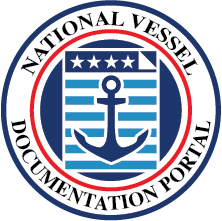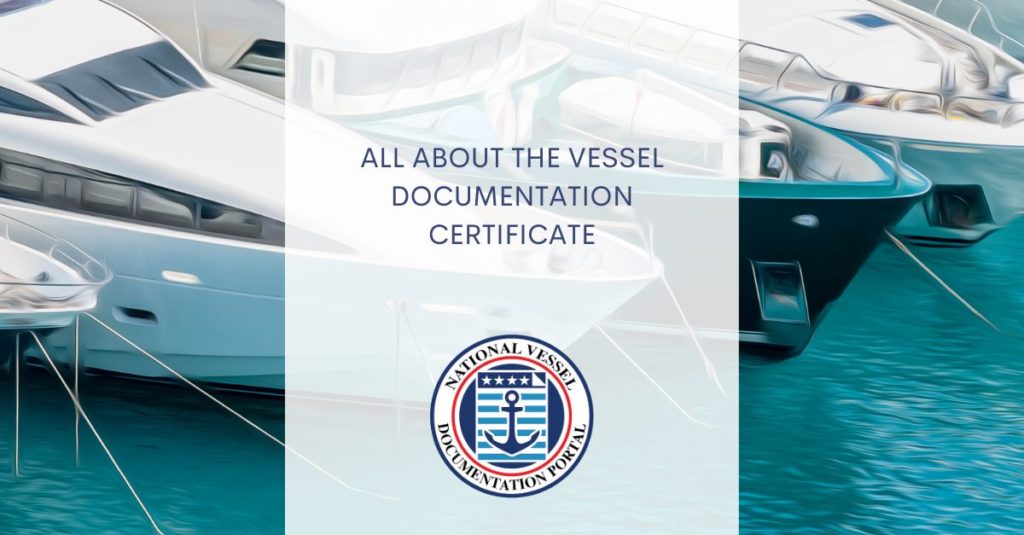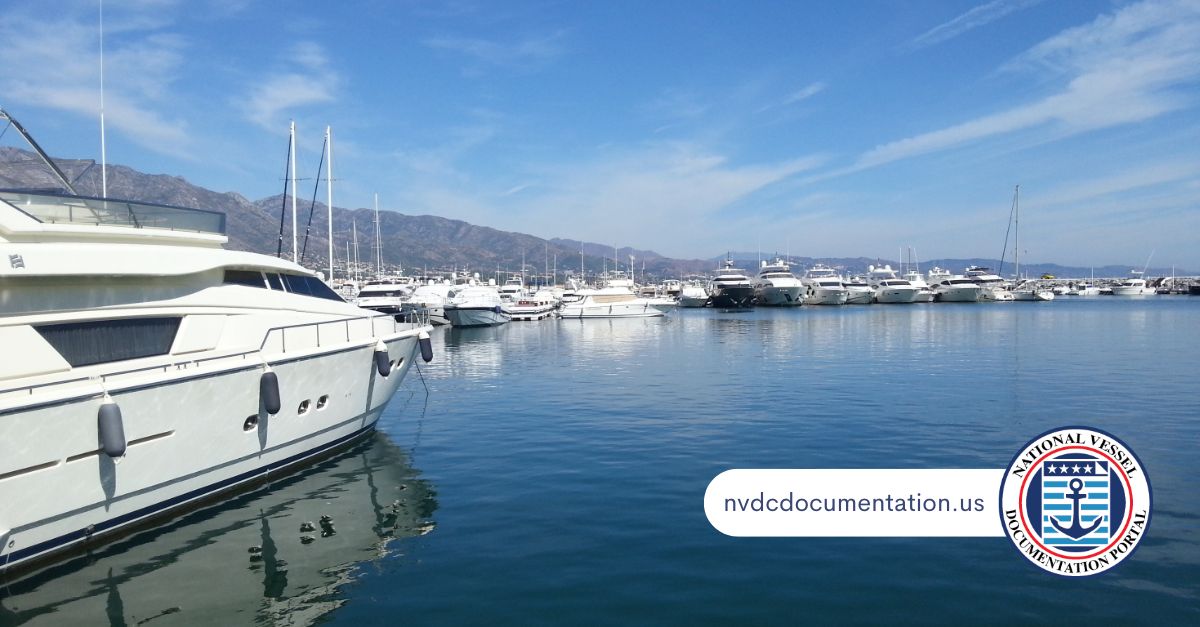The new vessel documentation certificate is essential paperwork demonstrating that you are the vessel’s owner. You should store it somewhere secure and notify the U.S. Coast Guard if there is a change to the information on your plate. When you first acquire a boat, there are many things to learn about managing it and what obligations are associated with having it. There are also many things to learn about the regulations pertaining to owning a boat.
The procedure of obtaining your vessel documentation certificate is one of those things that you are required to perform. You must have a comprehensive understanding of this agreement since it provides the legal basis for your ability to own and operate a private watercraft in the United States. The following is a list of the most commonly asked questions about this paperwork:
What is The Purpose of The Vessel Documentation Certificate?
The certificate of vessel documentation is a crucial piece of paper for each boat owner. To put it another way, if you get this issued in the United States, you can only use your boat in the United States, and if you have it published in Mexico, you can only use your boat in Mexico. That piece of paper you’ve been looking for to “document” your ship is a vessel documentation certificate. The certificate will confirm that you are the rightful owner of the vessel and that all of its details are true.
Your boat, for instance, was likely constructed in a specific location by a particular manufacturer. The manufacturer would have informed the government agency responsible for registering boats of everything included in the ship. It would have contained information like the location, the builders, and the year it was constructed. This list would then generate your certificate based on the information you provide.
What Information is Included on The Certificate?
The vessel documentation certificate is the official record of your boat, and it should include all the information you’ll need to know about your boat’s title. You can think of it as a legal document or a packet of papers that includes three different legal documents: a Certificate of Documentation, a Certificate of Ownership, and a Bill of Sale. The U.S. Coast Guard signs all three, but they represent the responsibility of three different parties to protect you. The certificate includes the following:
- Name of the vessel
- Length in feet
- Date of issuance
- Date of expiration
- Vessel’s official number (USCG assigned number)
- Type of vessel (i.e. Sailboat)
- Whether or not the container is documented
- What kind of propulsion it has
How Do I Obtain a Copy of My Certificate?
Ask, and we will provide you with a copy. The U.S. Vessel Documentation Center is the finest resource for achieving this goal. There will be a link for you to click that will allow you to save a copy of your certificate to your computer. In addition, the document history may tell you whether any additional free copies of your paperwork exist. You may not have the certificate if you recently bought the yacht.
If your vessel passes the RSS’s inspection, they will grant you a certificate allowing you to set sail. They will check that your boat is registered with the Registry of Shipping and Seamen and has the required safety equipment. If you factor in two weeks for inspections, it will be around a month before you get your certificate. If you have a certificate of documentation for your ship, you should always have it on you.
What Should I Do If I Lose My Certificate?
The vessel documentation certificate provides proof of ownership. Therefore it’s crucial to have one, but not all of the details included are necessary for the boat to be used. A replacement certificate may be obtained by submitting a new application and paying the applicable fee. Any replacement will function the same way as the original, with the same expiry date. Before registering for a new insurance policy, you should ensure that you have one that adequately covers your needs and does an inventory to verify that all your belongings are still on board.
You may acquire a new one if you fill out form CG-1260 and provide evidence of its loss or theft (and get an incident report from law enforcement). In addition, you’ll have to fork up some cash and provide identification. Take a colour copy and keep it alongside your other vital papers like insurance policies and boat maintenance records if you don’t have a secure location.
All about vessel documentation and how to register, you can explore the U.S. Vessel Documentation Center site for more information.


